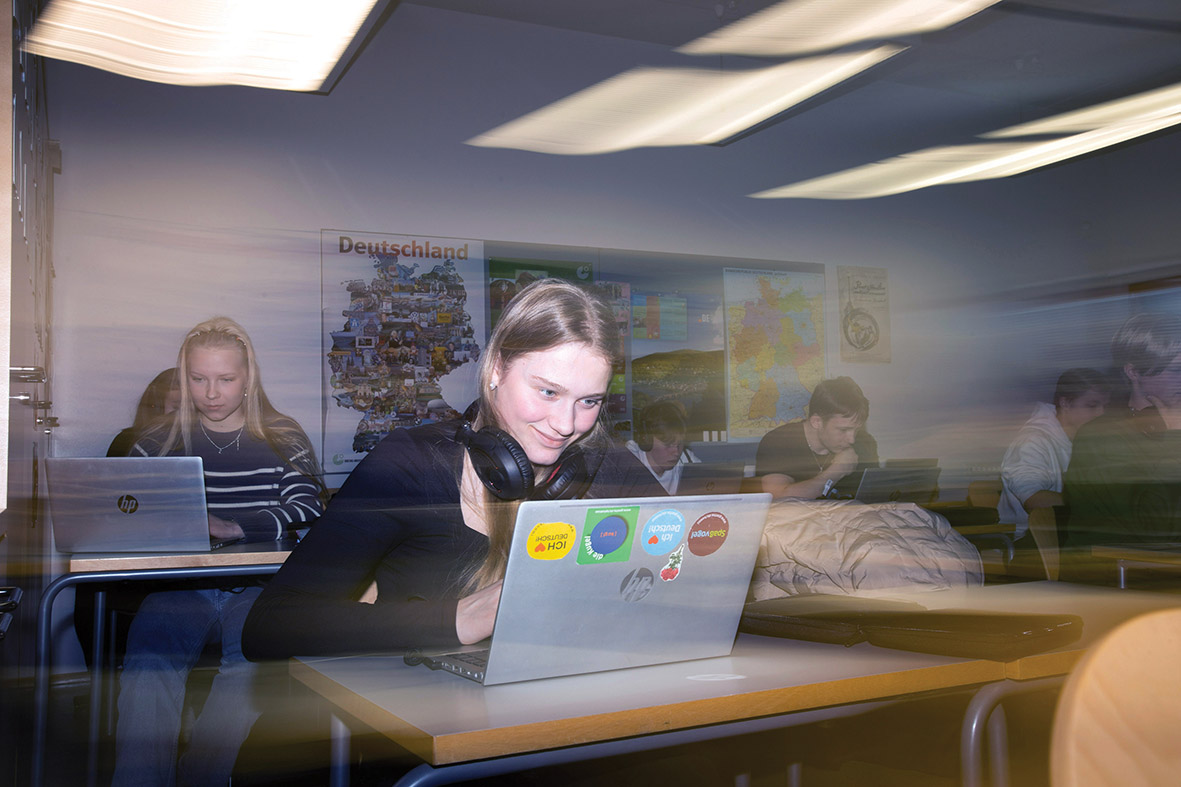

At the CORE OF PLURICLIL: Design, Production & International Implementation of Curriculum-specific Language Simulations
36 Simulation Units | 25 hrs of Immersion Adventures | 1000+ Participating Language Learners by the End of Pilot Phase 2022-23 |

CLILiG MADRID: UNIT 3
„Willlkommen in Heidelberg: Die Geschichtsreise beginnt – im Mittelalter“
Duration: Appr. 50 min |
Primary target group: Grade 8
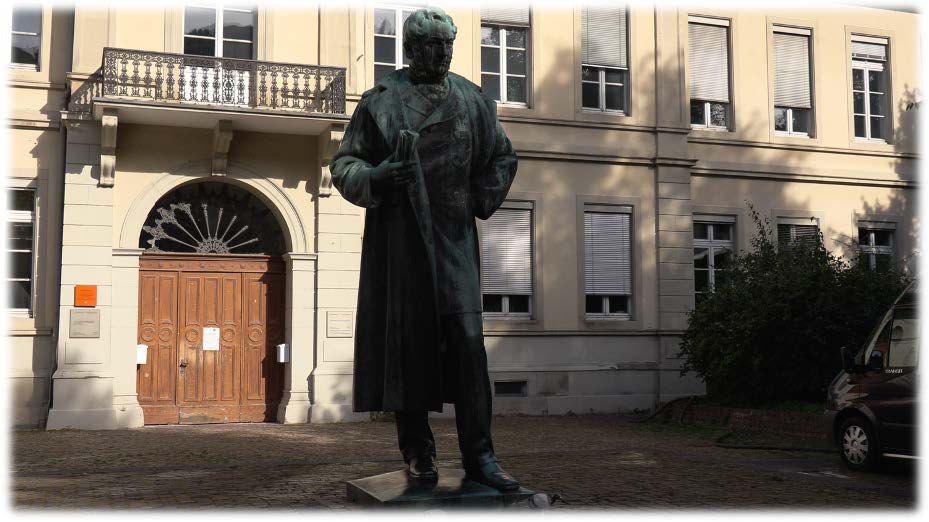
CLILiG HELSINKI: UNIT 4
“Wissenschaftliche Begegnungen – In der Stadt und im Workshop zu Wohlbefinden & Nachhaltigkeit
Duration: Appr. 50 min|
Primary target group: Grade 9
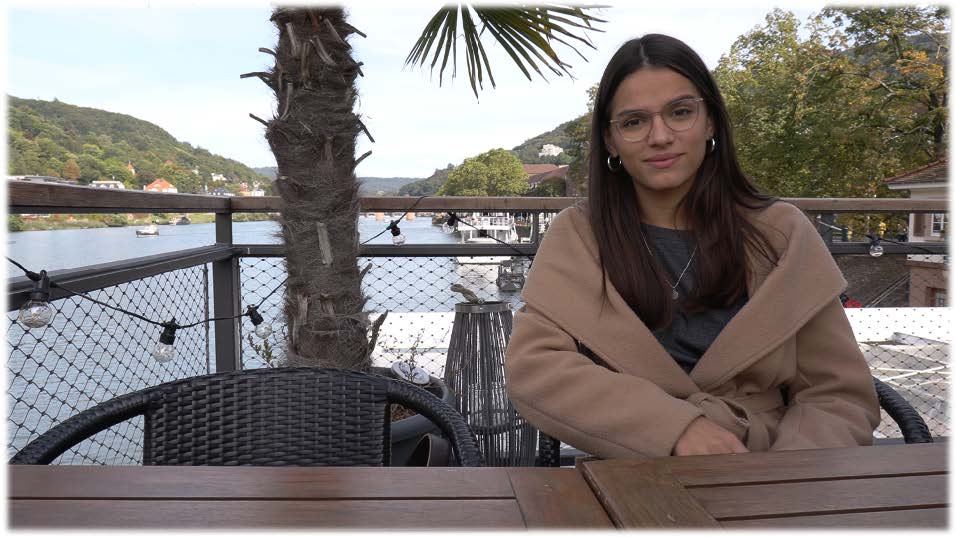
CLILiG TAMPERE: UNIT 4
„Angekommen – Ersteindrücke & Gespräche zu Essen, Wohnen und Wohlbefinden“
Duration: Appr. 45 min |
Primary target group: Grade 11

CLILiG MADRID: UNIT 5
“Vom Schlossgarten zum Philosophenweg – Vom Absolutismus zur Aufklärung”
Duration: Appr. 45 min|
Primary target group: Grade 9
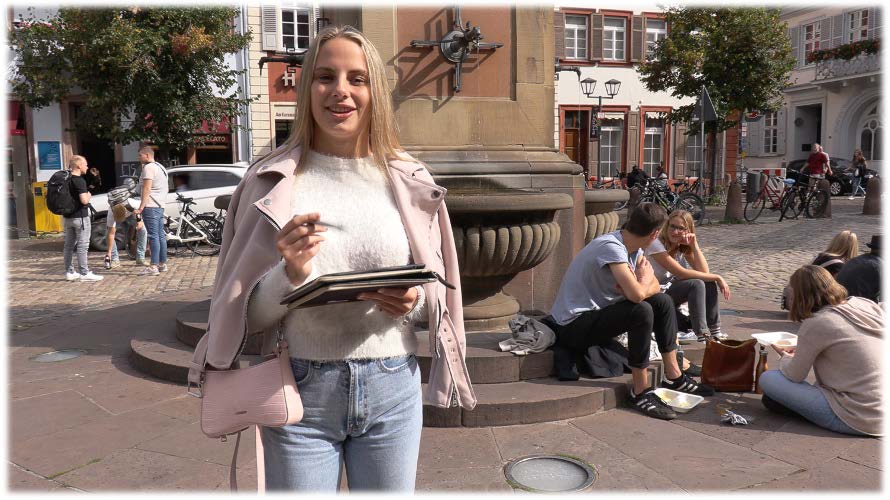
CLILiG SIAULIAI: UNIT 4
“Über die Umwelt im grünen Umfeld” – Im Fokus: Jahreszeiten & Klima, Nachhaltigkeit & Wirtschaft”
Duration: Appr. 35 min |
Primary target group: Grade 10

CLILiG TAMPERE: UNIT 5B
“Wissenschaftlich fundiert – Fachvorträge & Reflexionen zu den Kernthemen des Workshops”
Duration: Appr. 26 min |
Primary target group: Grade 11

CLILiG WARSCHAU: UNIT 3
“Die Zeitreise beginnt – Zu Besuch in der Steinzeit und der Welt der Kelten”
Duration: 40 min |
Primary target group: Grade 9
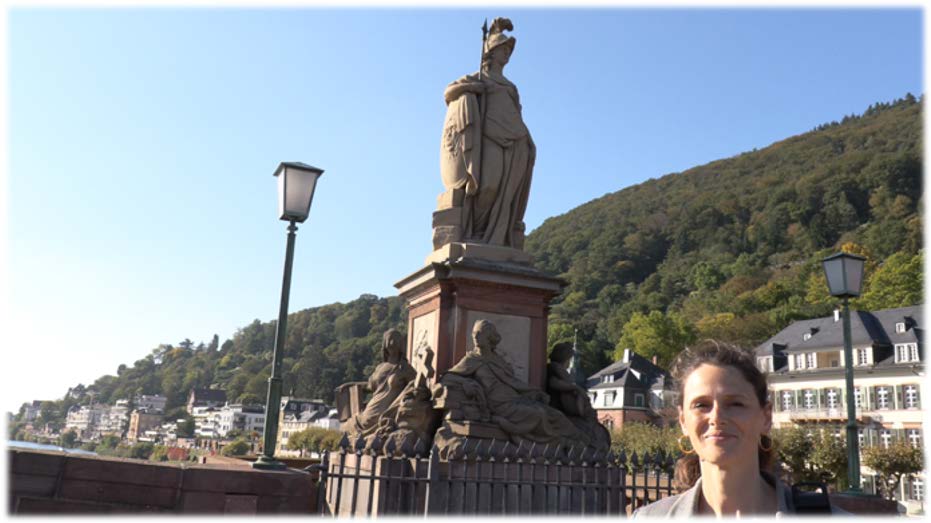
CLILiG WARSCHAU: UNIT 4
“Griechische und römische Gottheiten – Spurensuche & Brückenschläge zur Astronomie”
Duration: 32 min |
Primary target group: Grade 10
More…
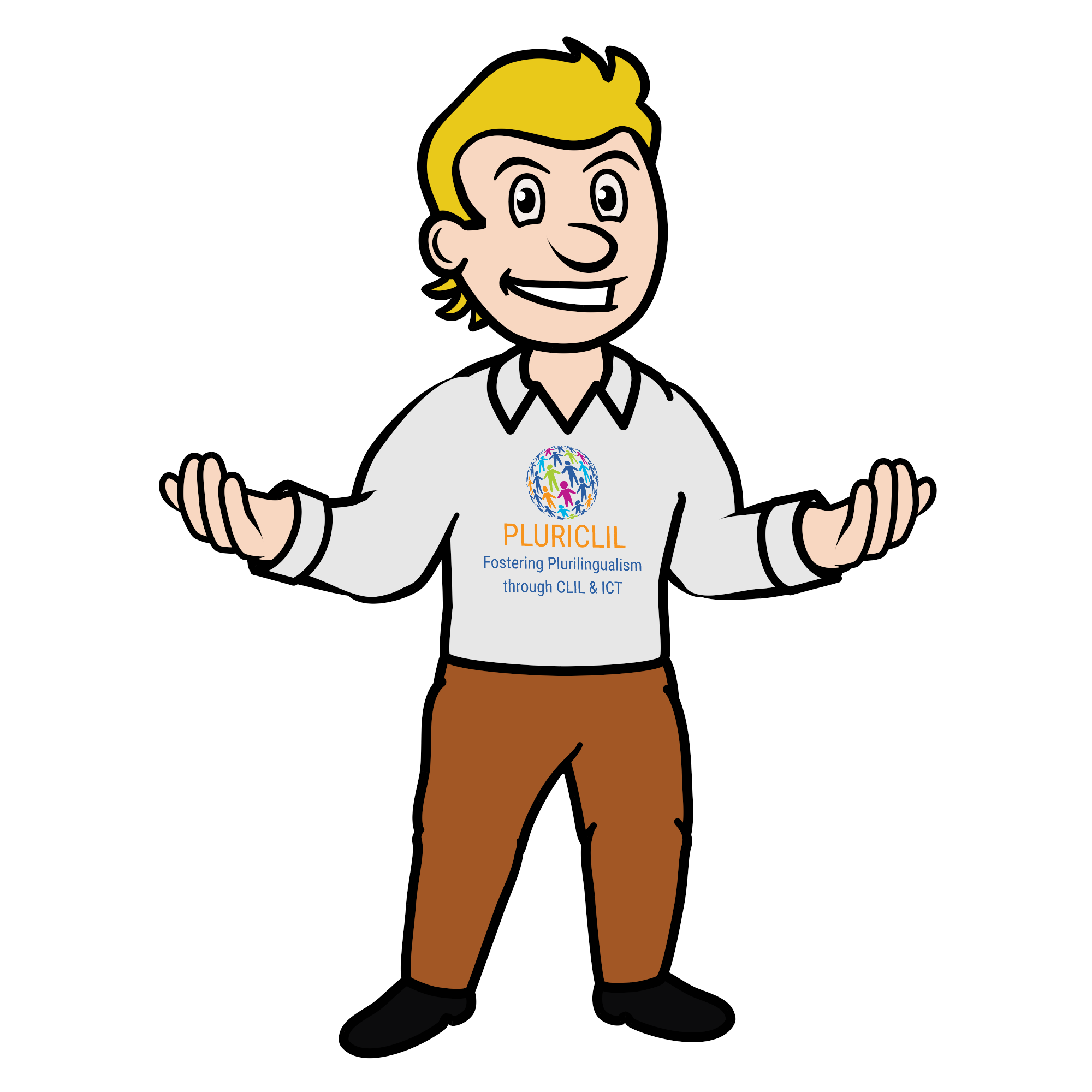
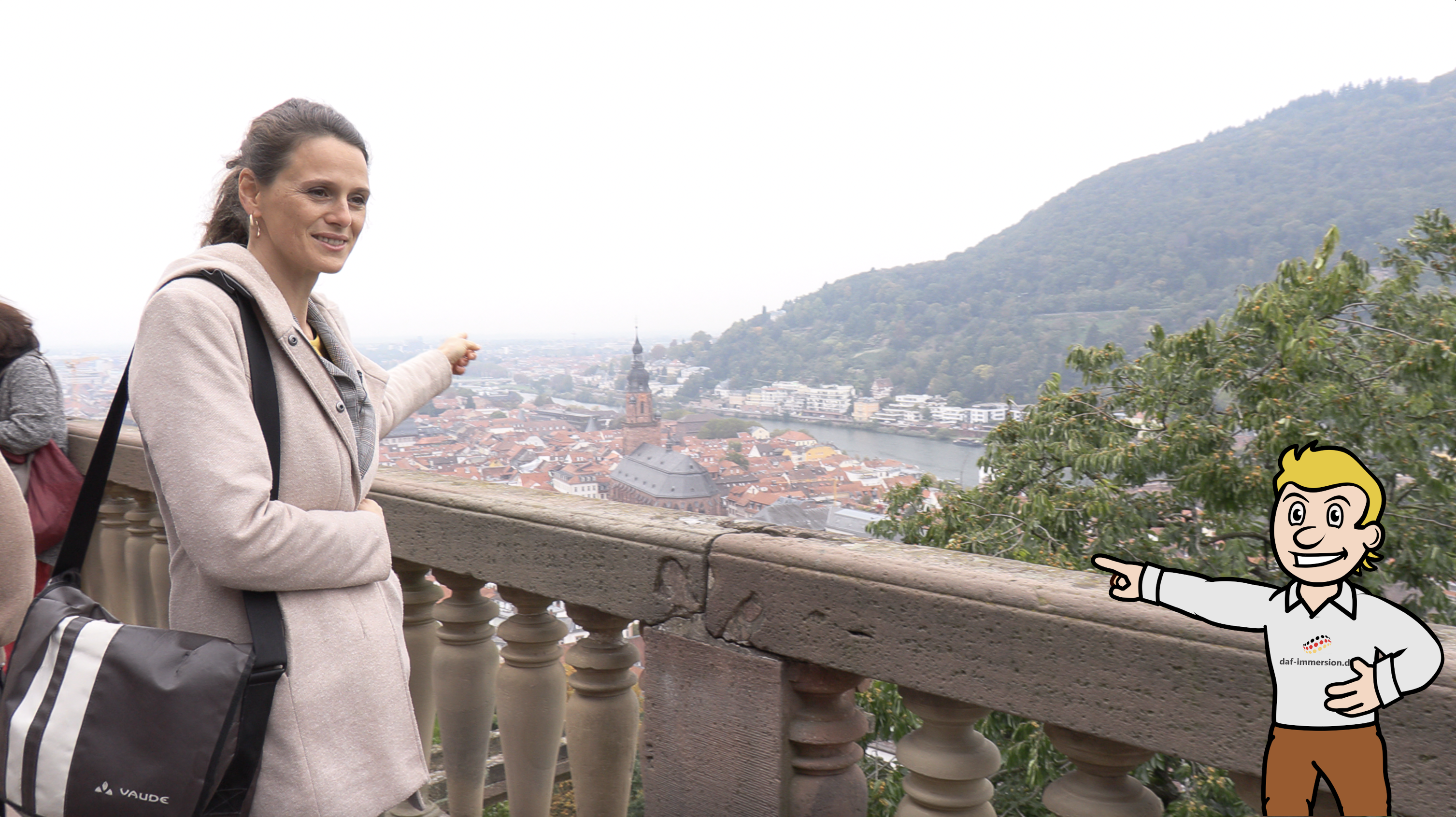

Immersive language simulation series | Case Example
CLILiG MADRID
- A Series of 9 Language Simulation Units
- Total Running Time: 6 hrs 10 min
- Target Classes: 8, 9 and 10 at the Colegio Aleman de Madrid
- Curricular Basis: German Language Arts & History in the Grades 8, 9 and 10
- Main Content Areas: The Middle-Ages, Early Modern Times, 19th Century
Impressions from the PLURICLIL Schools Network (PSN):
Language Profiling and Simulation Journeys “in praxi” – (How) Do they work?
Continuous Language (Learning) Profiling | School- and Curriculum-specific Computer Simulations | Online Analysis and Assessment Solutions
PLURICLIL - What is it all about?
Discover the "POINT OF DEPARTURE" of PLURICLIL...
Over the last two decades, integrated learning of foreign languages and so-called non-linguistic subjects, known as the educational approach of Content and Language Integrated Learning (CLIL), has established itself in the European landscape of school education. Today, the popularity and spread of CLIL still show growing tendencies, building e.g. on the advantageous positioning of the approach in pan-European language education policies, as well as the elasticity and freedom given in its the practical implementation: As a “bottom-up”-approach CLIL truly allows various ways of implementation and can thus, at least in theory, be quite easily adapted into a whole range of different institutional learning environments. However, it is but the extra-curricular and very often project-based CLIL practices that still today represent the most common type of CLIL at school – especially in target languages other than English.
Currently, at the face of the pan-European tendencies in re-profiling school curricula especially as regards the shift from (foreign) language instruction to (foreign) language education, the CLIL approach is, again and increasingly, taking a center stage in educational discussions. Due to its pioneer role in supporting not only the content-integrated and immersive (foreign) language learning, but also overall goals such as competence-orientation and learner-centeredness, CLIL is frequently referred to as the “educational approach of the future” especially wherever so called language sensitive educational landscapes are aimed at – in support of (multiple) language acquisition in both cross-curricular and subject-specific settings and thus as a contribution to the pan-European goal-setting of fostering individual multilingualism (> plurilingualism) and intercultural competences. The reference to CLIL in this context appears appropriate and justified. However, it is exactly this context that also hides an obstacle which has hindered the more systematic curricular integration of CLIL so far – even for the most promising trial experiments, and already for two decades: the lack of representative empirical evidence for the particular added value of CLIL that cannot be captured through traditional means of testing and measurement, but, at the same time, has been basically always associated with CLIL e.g. as regards A) the development of target language competences, B) the acquisition of the subject knowledge and C) the development and use of the first language(s) involved especially in academic and not least educational contexts. This obstacle, an international long-term challenge, will be tackled through PLURICLIL:
Utilizing so far unique ICT solutions, the learning progression in language(s), content(s) and their interplay will be documented and analyzed in exemplary CLIL environments with a novel precision: Building on already existing prototypes of an innovative software solution, and following the learning environment and curriculum analyses to be carried out at the very beginning of the project, the PLURICLIL consortium will design context-specific CLIL contents for film-based computer simulations that will enable learners to “immerse” into reality-like situations and to participate in diverse target language communication activities as in real life – in a “quasi-authentic” setting: in formal educational contexts and in informal everyday situations, in both written and oral communication, using up-to-date technology devices and – especially – in confrontation with specific school subjects of particular relevance for each of the school environments involved. In and through PLURICLIL, the learners will thus experience novel and highly immersive simulation adventures and have a chance put their language and subject competences on the test as in real life. The language and subject teachers, again, as well as other target groups involved and addressed (e.g. school directors, curriculum planners, language education policy stakeholders, learning materials’ designers and researchers) will be provided with a so far unique overview of the learners’ competences in language(s) and subject(s) in reality-like situations tailored to reflect the curricular goal-settings of the CLIL environments in question. Consequently, and as the PLURICLIL outputs will by no means only include examples for ICT-based innovations with unique simulation performances, but also individual language profiles, as well as extensive insights into self-assessment and external competence analyses, a genuinely novel evidence-base will emerge, enabling contributions to curriculum development, materials’ design and quality assurance of CLIL in a way yet not seen – at this stage especially for German as a target language in combination with STEM-subjects in secondary schooling, but with clear prospects for adaptation to other target languages, further educational settings, as well as to contexts of working life and international mobility.


Individual Language (Learning) Profiling online:
Preparing for and accompanying immersive simulation journeys & Boosting Language (learning) awareness
Continuous Online-Tracking of Individual Language Perception & Use, Learning Strategies, Goal-Setting and more…
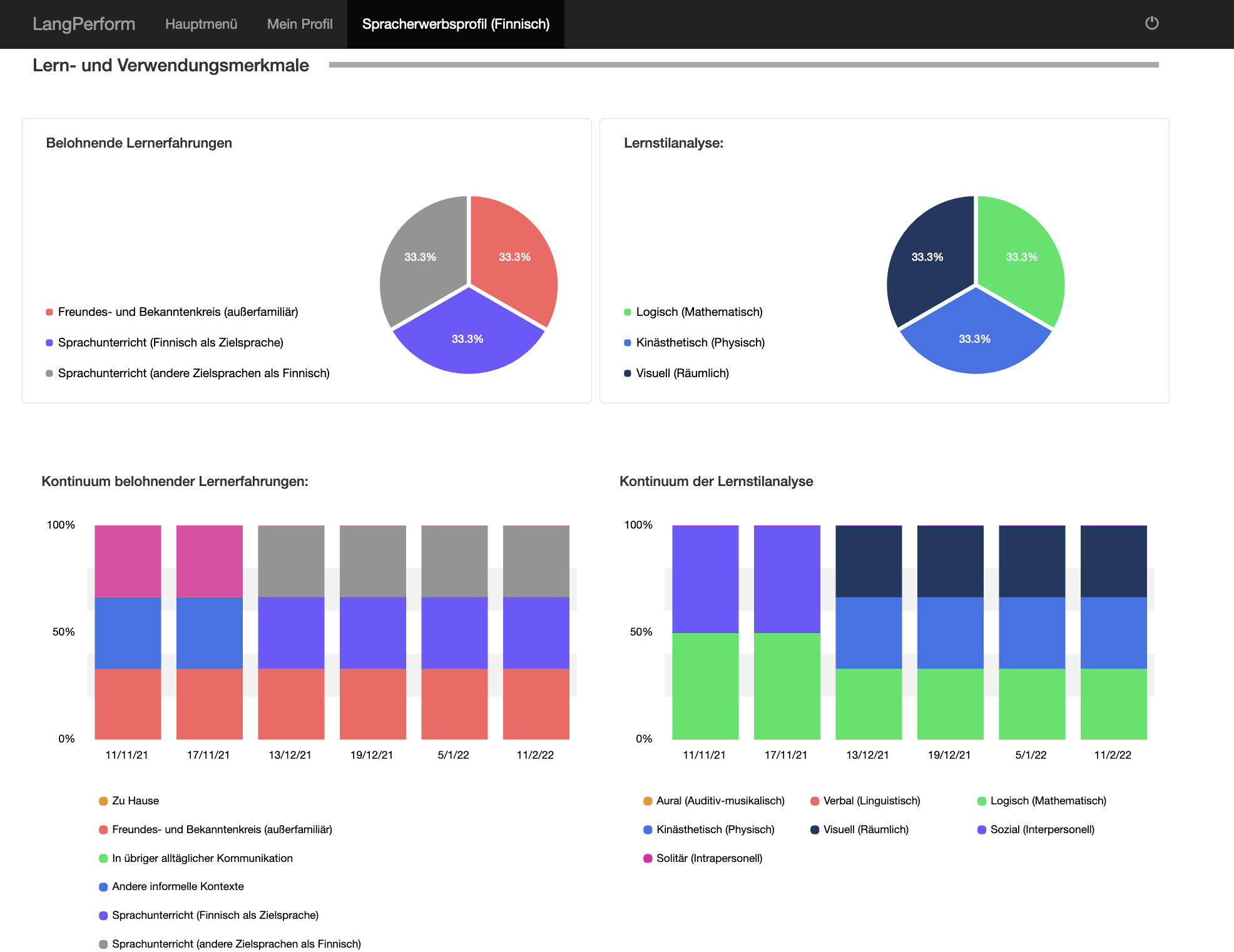


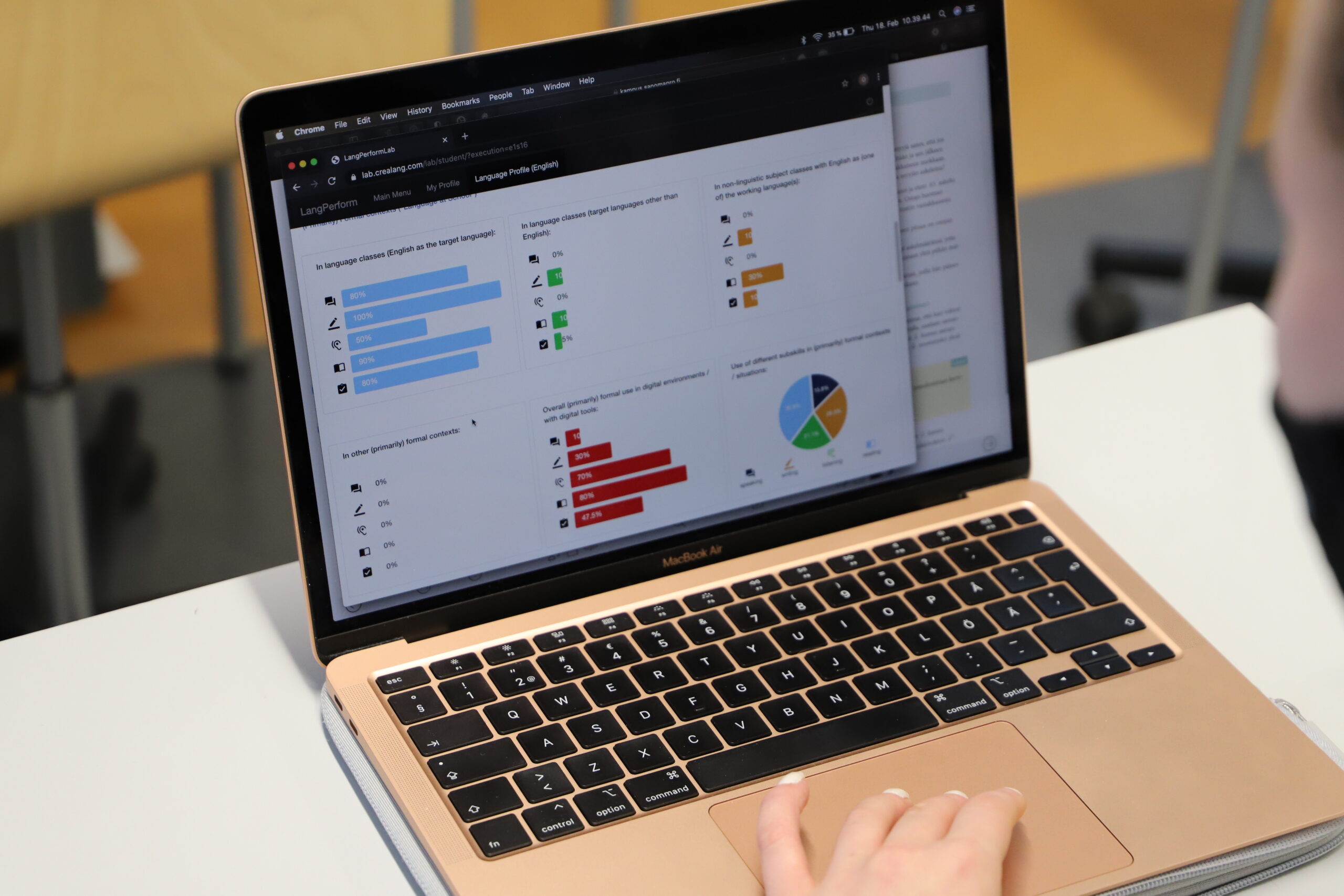
PLURICLIL is an international research and development project co-funded through the Strategic Partnership Action under the Erasmus+- programme of the European Union. The initiative is carried out in partial conjunction with daf-immersion.de, a long-term research initative focusing on immersive settings of German as a foreign language on a global scale, kindly supported through the Federal Foreign Office of the Republic of Germany.
The synergetic interplay between the two initiatives enables so far unique contributions to the empirical research of immersive language education especially with respect to German as a target language (“CLILiG“).
Crealang. Research & Innovation (CRI)
…for creative language education – in research and Practice.
OFFICE HOURS
Mo – Fr 10:00 -18:00
LOCATION
Technopolis | Peltokatu 26
Building A | 2nd Floor | 275
FIN-33100 TAMPERE
FINLAND

